This op-ed was originally published by Project Syndicate.
At a time when the United States, once a standard-bearer of multilateralism, is embracing protectionism, Africa has taken a bold step in the opposite direction, creating the world’s largest free trade area since the establishment of the World Trade Organization in 1995. The African Continental Free Trade Area (AfCFTA), which came into force on May 30, includes nearly every country on the continent. And it proves, yet again, that Africa is on the move.
In recent years, Africans have been working to reclaim the narrative, highlighting their countries’ remarkable progress and the continent’s vast potential, in order to attract investment and deepen regional and global engagement. They have much to boast about.
In recent years, Africa’s average annual GDP growth has consistently outpaced the global average, and is expected to remain at least 6 percent until 2023. Six of the world’s ten fastest-growing economies are in Africa; for the period 2014-2050, PwC projects that Nigeria, South Africa, and Egypt will remain in the top ten.
Africa will owe much of this growth to its large working-age population and growing consumer markets. Throughout the twenty-first century, Africa—the youngest region in the world—will be the source of the vast majority of global labor-force growth. This implies massive potential for increased production and savings, which could sustain an economic boom that supports rapid poverty reduction. In 2050, the richest 10 percent of Africans—some 250 million people—will drive as much as a fivefold increase in demand for consumer goods and services.
Of course, such outcomes are not guaranteed. If the continent is to reap the productivity and growth benefits of its growing workforce, its governments will need to ensure that people have the right knowledge, skills, and opportunities.
Fortunately, Africa’s governments are working to develop the required infrastructure and institutions. Across the continent, efforts are underway to improve education and foster a culture of innovation. Moreover, political leaders are implementing reforms aimed at improving business conditions. In the World Bank’s 2019 Doing Business Index, five of the ten most-improved countries are in Africa, and one-third of all recorded reforms occurred in sub-Saharan Africa.
Already, returns on investment and entrepreneurship are rising fast. Over 400 African companies now boast annual revenues of $1 billion or more, and 700 more report revenues of over $500 million. An assessment of 360 companies from 32 African countries reveals an impressive average compound annual growth rate of 46 percent in 2019, up from 16 percent last year.
Lucrative investment opportunities are available in sectors like energy, agriculture, water, and mineral processing. Agriculture (including agribusiness), projected to be a $1 trillion industry in sub-Saharan Africa by 2030, is attracting a growing amount of private-sector investment. Africa is also expected to receive almost $2 trillion in investment in natural resources by 2036.
But Africa’s economies are not seeking to cling to past growth strategies. Instead, the growth and revenues brought by investments in resources like oil will enable them to diversify—including by developing technology-enabled non-manufacturing industries, like information and communications technology-based services—and deepen regional integration.
Such integration was advanced last November at the African Development Bank’s inaugural Africa Investment Forum, where business and government leaders closed 49 deals worth over $38 billion. It has now been accelerated by the AfCFTA, which promises to deliver major gains to all countries involved.
The AfCFTA could increase the value of intra-African trade by 15-25 percent by 2040, and boost economic output by $29 trillion by 2050. This would enable companies to take advantage of economies of scale, while supporting the diversification of industrial sectors and driving growth in manufacturing value added. If governments create the right conditions, this could spur job creation and lead to significant poverty reduction.
African countries’ cross-border trade and investment ties are hardly confined to the continent. Trade with the advanced economies (particularly the European Union and the U.S.) remains high, though it is declining.
Among the emerging economies, China has been particularly proactive in deepening its links with Africa, including by investing in the continent’s industrialization, agricultural modernization, and infrastructure. With China projected to shift 100 million labor-intensive manufacturing jobs offshore by 2030—jobs that Africa’s large and young workforce could easily fill—this relationship could be a game changer.
Africa has also pursued partnerships with emerging economies like India, Indonesia, Russia, and Turkey. This is broadly good news, though African governments must be aware of both the benefits and drawbacks of new trade deals and loan agreements with emerging economies, including China.
At the same time, policymakers must continue to foster a vibrant innovation culture, including by strengthening intellectual-property protections. Innovations in mobile finance, such as Kenya’s M-Pesa, have already improved financial inclusion on the continent. Similar innovations can help countries to expand access to quality education, develop their human capital, and much more.
Africa’s political leaders, businesses, and citizens increasingly recognize that integrated economies, powered by innovative and high-growth companies and strong private investment, are the key to a prosperous future. Now, they must each do their part to drive progress on all of these fronts, including by continuing to embrace initiatives like the AfCFTA.
The Brookings Institution is committed to quality, independence, and impact.
We are supported by a diverse array of funders. In line with our values and policies, each Brookings publication represents the sole views of its author(s).

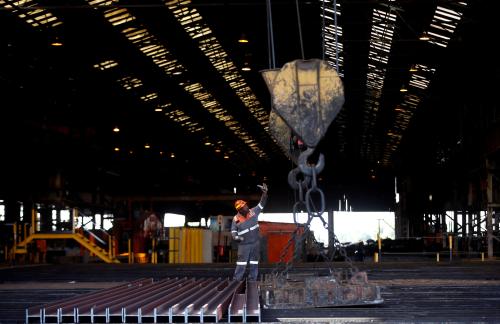

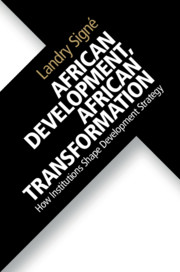



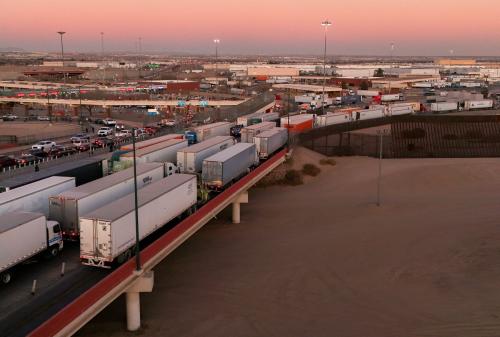
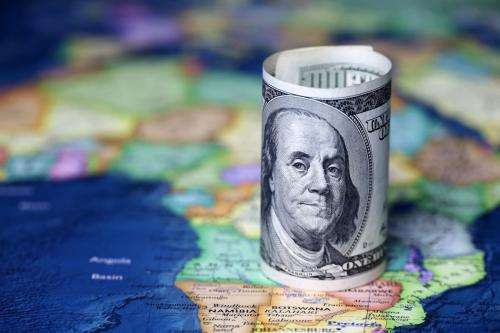
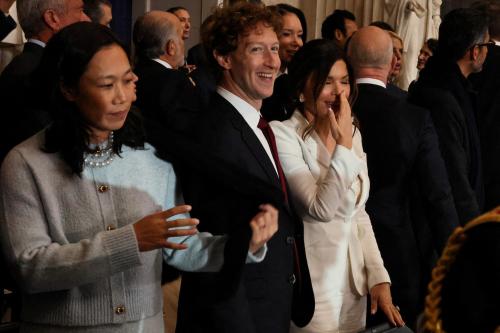
Commentary
Op-edThe high growth promise of an integrated Africa
August 2, 2019